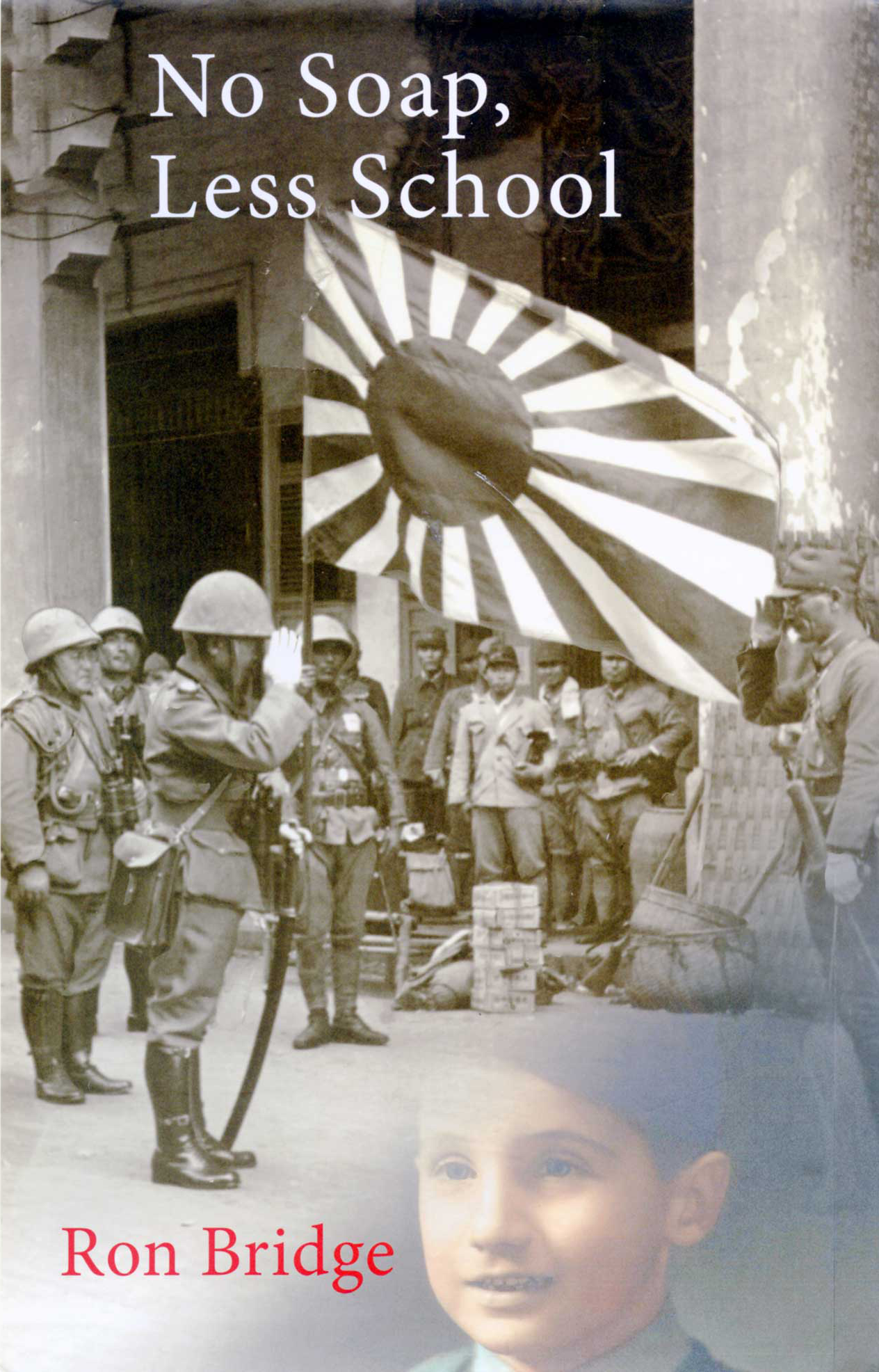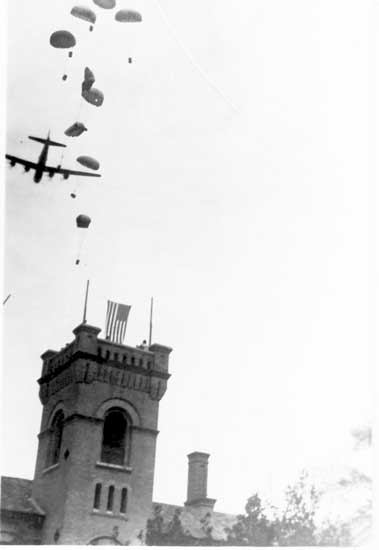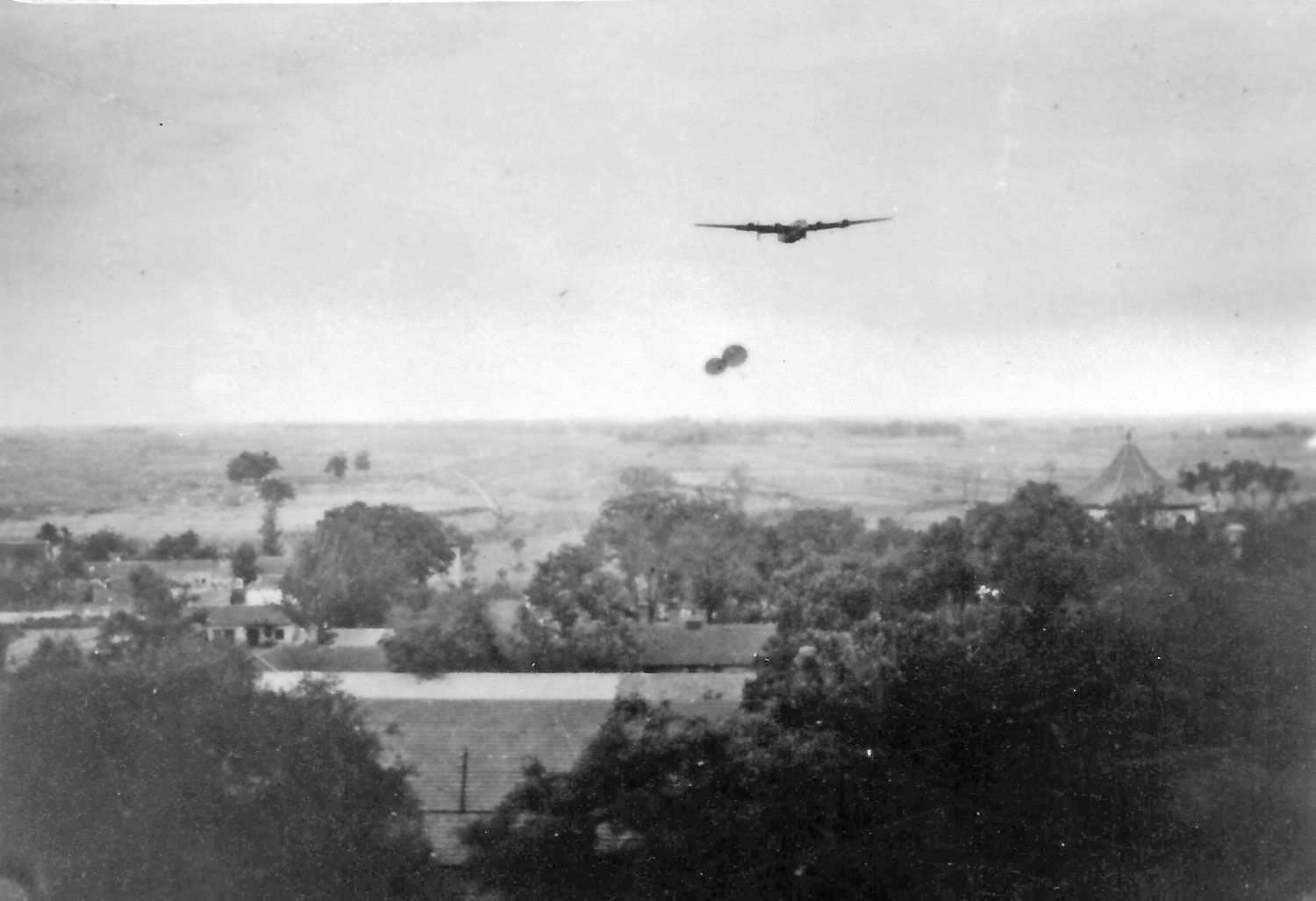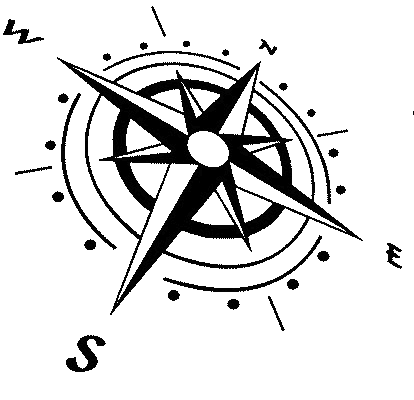
- by Ron Bridge
[Excerpts] ...
[...]
 We learnt that Major Staiger had deliberately left his parachute unfurled when he landed, as a checkpoint for further drops, and I now understood his comment about damaging parachutes.
We learnt that Major Staiger had deliberately left his parachute unfurled when he landed, as a checkpoint for further drops, and I now understood his comment about damaging parachutes.
The next day Major Staiger carried out an inspection, with Sgt Hanchulak and the camp doctors, and they decided that twelve inmates were in such poor health, physically or mentally, that they should be evacuated on the B24, which was expected to land that afternoon. But at the airfield the Japanese garrison, 200 army personnel, took up combat positions, so parachute panels were laid out to tell the aeroplane not to land but rather go back to Xian.
The twelve patients, who had been moved to the airfield in two Japanese trucks, with Dr Grice as escort, returned to the hospital.
Major Staiger wanted Izu to explain what had happened at the airfield.
The Consular Commandant stated that the airfield belonged to the Japanese Army and that he had no control over them. Major Staiger then requested a message be sent from him to the Army Commander, and that he had no respect from an army whose officers did not obey orders.
This upset the face of the local commander, Colonel Jimbo.
So the next day he arrived at Weihsien.
Ted McClaren and Major Staiger soon realised that the negotiations would be carried out at a different level.
Mr Koga and Mr Izu were asked to withdraw.
Colonel Jimbo went to great pains to explain that the US Government had not notified Tokyo of the intended descent on Weihsien. He asked that Major Staiger request that General Wedemeyer inform the Japanese Government of the authority of the Duck Mission.
The protocol having been thus disposed of, the conference could get down to talk of the specific issues. Major Staiger told Colonel Jimbo that, in order to carry out his duties, he needed to get free passage of US aircraft at the airstrip.
Col Jimbo agreed that American aircraft would be given full permission to land.
[excerpt]
 On 27th August a B29 Superfortress arrived from Okinawa, dropping leaflets to say that in one hour more B29s would arrive.
On 27th August a B29 Superfortress arrived from Okinawa, dropping leaflets to say that in one hour more B29s would arrive.
Just before the arrival of the B29s a B17 Flying Fortress landed unannounced.
This was full of photographers and news reporters after a story.
Major Staiger did not permit them into camp, because their arrival had upset the delicate relationship between Major Staiger, Colonel Jimbo, the Japanese and the internees.
[excerpt]
The B29s from Okinawa arrived, bomb doors open.
Their method of supply dropping was to fit a wooden grid, holding about fifteen containers, across the entire bomb bay. The containers themselves were made by welding together two large round 50-US-Gallon fuel drums.
Two lugs were then welded on and a parachute fastened. The bombardiers aimed at an approximate corner of the camp, released the wood grid, which then fell with a single parachute.
The oil drums followed and their parachutes jerked open, but usually ripped the lugs off. So effectively they became black cylindrical bombs, which hit the ground vertically and buried themselves half in the earth.
The only way of opening one was by hacking off the top with an axe and trying to extricate something edible from the mix of cardboard boxes, tins of mixed soups, Spam, fruit and fruit juice.
Major Staiger reported back that 25 per cent of the supplies were going to waste.

[excerpt]
A week after the first drop from B29s they started dropping supplies every other day, with B29s alternating from Okinawa and Saipan.
They still used oil drums but welded the lugs on better so that they did not snap off.
However, the aim was still as poor and several huts in the camp suffered `bomb damage’ from oil drums filled with tinned Del Monte peaches or Campbell’s soup.
In addition to food we started getting American khaki summer uniforms and boots or shoes. Initially only large sizes, but then I snapped up a pair of shiny brown polished boots in my size. Most of the boots were dull green-brown suede.
Being young, agile and fairly fit, although still underweight, we could run faster to the spot where a parachute had landed and got there before the local farmers, who somehow thought it was all manna from heaven for them.
[excerpt]
Now and then, when three or four of us were out scavenging, we came across containers inside the oil drums that had burst, mixing up all the contents.
The B29 drops were particular culprits for this.
If we were out of sight, we used to select tins from the spilt rations and have a picnic, rather than return to camp for lunch. The rations had strange names, like `C’,`D’, and `K’, and there were even cardboard cases full of tins of CocaCola, but we learnt to avoid `Root Beer’, which had a vile taste. It was great fun sitting round the crater that the container had made having a secret lunch.
[excerpt]
As I crawled out of the cow muck, I was greeted with
`Poo. Don’t come back like that, Bridge! Keep your distance.’
I made a rude gesture in their direction, then ran off across the field and jumped into the stream to wash off the muck. The water was not much cleaner, as it was downstream from the village there. But at least I was not covered with brown and green slime and straw anymore.
By the time I had run a few more lengths of the wall, my clothes had dried. I decided that I smelt reasonable enough to go off back to my hut room.
Mum greeted me with the news that it had been decided that, as the railway line north had been blown up again and the trains were being attacked by the Communist guerrillas, we would be flying to Tianjin.
First, though, the bomb craters in the runway had to be repaired using Japanese Army soldiers, so that took another week.
[excerpt]
We bounced down the track to Weihsien City.
The road had never been `tarmacked’ and the flurry of activity by the US Army on the rain-soaked ground over the previous few weeks had turned it into a rutted track. As the sight of the walls of the camp receded, I began to think in anticipation of my first flight.
The airfield had been extensively repaired by the Japanese, as the US Army Air Corps had heavily targeted the runways earlier in 1945, when we had heard that distant drone of aircraft.
The runway, being grass, had tended to muffle the actual explosions. Here were four or five C47s, most of them heavily camouflaged, belonging to the US Army Air Corps. However, one was all shiny silver, polished aluminium, belonging to the US Marine Corps (USMC), and I was rather envious that my friends got to travel in that one.
All the aircraft had seats along the length of the fuselage, either a metal bench-type, or canvas bucket seats by the windows. We bounced along the grass runway and were soon airborne, climbing to 8,000 feet.
Some of the women were screaming with fear as the aircraft left the ground.
Half an hour later we crossed the coast, heading north over the sea, with the Shandong coast on the port side.
Roger, sitting next to Mum, shouted out with glee: `Mummy, what has that lady got a bucket for?’ ... followed by
`Oh, Mummy look at that lady’s breakfast!’
The exchange made a few more ladies `green’.
[further reading] ...http://www.weihsien-paintings.org/books/NoSoapLessSchool/book(pages)WEB.pdf
#








